Young scientists prepare for lift-off
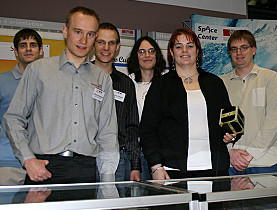
The first all-Swiss satellite is due for launch early in 2009, designed entirely by students from universities in western Switzerland.
The project is one of nine CubeSats accepted by the European Space Agency (ESA) for the first mission of the new European rocket Vega. It was pitted against a total of 22 proposals submitted by students at European universities.
CubeSat is a generic name for a satellite measuring only 10x10x10cm and weighing not more than one kilo – rather like a carton of milk. Within these constraints, the students were free to design whatever they liked.
SwissCube is not only small size, but also low cost, having been put together from components that are commercially available.
“Some of our integrated circuits cost a few dozen francs, while the same thing made especially for space would cost $35,000,” Sylvain Decastel of the Fribourg University of Applied Sciences (UAS), one of the institutions involved in the project, told swissinfo.
It contains nearly 1,000 components, including a mini-telescope, 16 electronic cards and 357 different wires welded in more than 700 places to the components.
Its solar panels will have a power of 1.5 watts, barely more than a mobile phone.
Project mission
SwissCube’s mission is to take photos of the “airglow”, faint bands of green and mauve light caused by high-energy radiation from the sun colliding with atoms and molecules in the upper atmosphere.
Since the satellite has only two receivers on Earth, one in Lausanne and one in Fribourg, the pictures it transmits must not be too big. There will only be a small window on each orbit during which they can be sent.
The photos will be compared with mathematical models of the airglow to see whether the intensity of the light varies with the time, position, altitude and angle of observation.
The satellite is only expected to function for about four months, but it is hoped that within that time it will supply information which could help to develop low-cost positioning systems for satellites.
“At the moment, large satellites are equipped with ‘star trackers’ that determine where they are by reading the position of the stars. But these systems are complex and expensive,” explained Nicolas Steiner of the Yverdon UAS.
Inexpensive systems, which are also reliable, are certain to find a market as the commercial use of space expands.
Although the precise launch date has not yet been set, the SwissCube team is working flat out to ensure that their project is ready in time.
The components are currently undergoing tests to see how they react to changes in sunlight and temperature in a vacuum chamber. Once in space SwissCube will experience a dawn and a sunset once every 90 minutes, with temperature variations ranging from minus 40 to 60 degrees.
Encouraging space scientists
The CubeSat programme was launched in 2000, the brainchild of two US universities. The aim is to give potential space scientists a taste of what it means to work in the sector “for real”, and to gain experience of coordinating their efforts across universities and with the private sector.
In Switzerland the project is being overseen by Muriel Noca of the Lausanne Federal Institute of Technology (EPFL). She spent 12 years at the prestigious Jet Propulsion Laboratory of the California Institute of Technology in Pasadena in California, which produces much of what Nasa sends into space.
A total of 35 students will have been involved in SwissCube by the time it is launched. Some will only spend a semester on it, while others will continue as engineers once they have taken their degree.
The EPFL is joined in the project by Neuchâtel University, four UASs in western Switzerland, and several Swiss aerospace enterprises, including Oerlikon and RUAG.
The students’ hard work is accompanied by a mixture of nervousness and confidence.
“We know we can’t do anything about it if something goes wrong once SwissCube has been launched, but we are all hoping it’ll work,” said Noémie Pétignat of St Imier UAS.
“And it will work!”
swissinfo, based on an article in French by Marc-André Miserez
SwissCube will be placed in polar orbit, at an altitude of between 400 and 1,000km, and will circle the Earth once every 90 minutes.
It will map the airglow, a light phenomenon observed by astronauts at an altitude of about 100km.
33 CubeSats have been launched since 2003. Fourteen were lost when a Russian rocket crashed in 2006.
Of the other 19, 15 completed their mission, and four failed to make contact with Earth.
Swiss technology has been widely used in space exploration, but SwissCube is the first satellite to be designed and made entirely in Switzerland.
The project involves the Lausanne Federal Institute of Techology, Neuchâtel University, the Universities of Applied Sciences of Yverdon, Fribourg, Sion and St Imier, plus several aerospace companies.
The cost of research and development is covered by the budgets of the laboratories.
The construction of the satellite and ground station and the launch are extra, and amount to nearly SFr500,000 ($477,500) This is being covered in part by the universities, state and industry, but another SFr200,000 are still needed, for which a public subscription has been opened.
The UAS of Italian-speaking Switzerland is currently working on Tlsat-1, which could be the second Swiss CubeSat in space.

In compliance with the JTI standards
More: SWI swissinfo.ch certified by the Journalism Trust Initiative
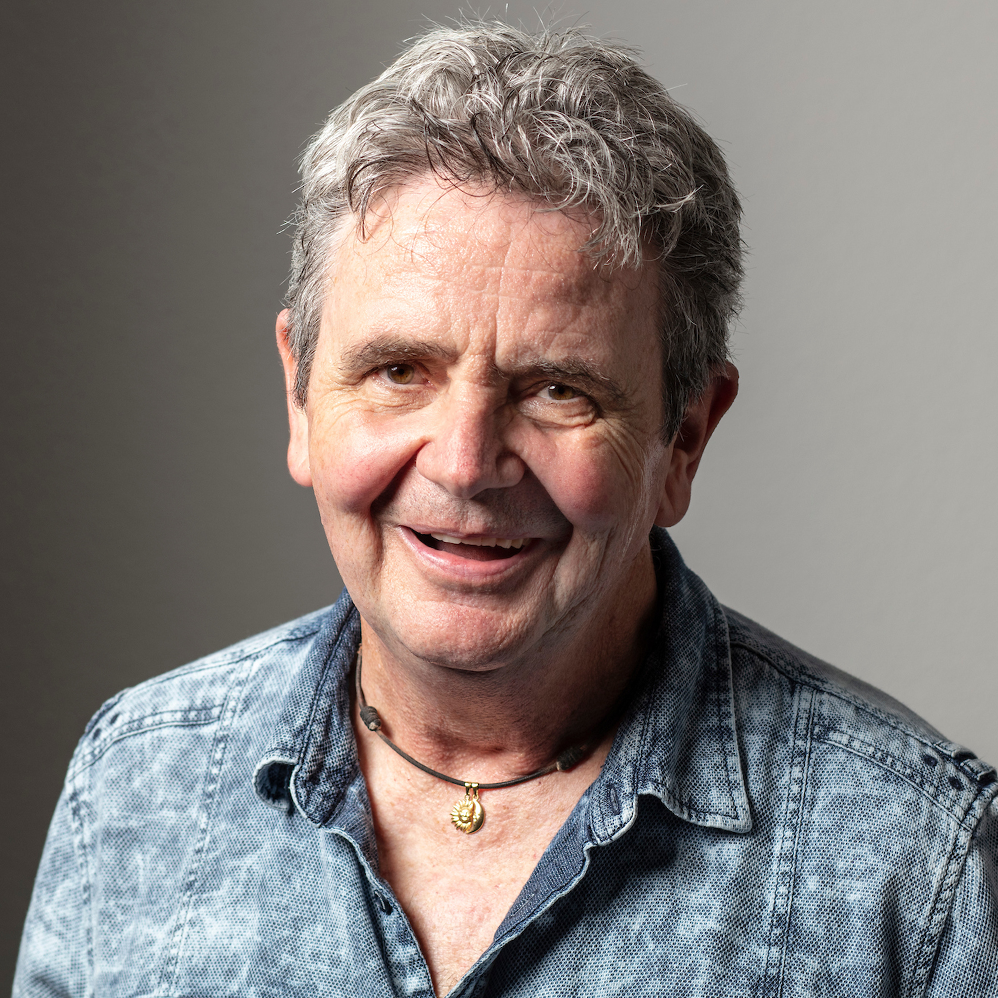
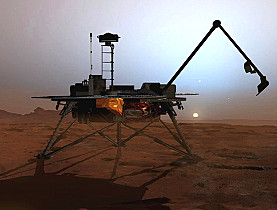
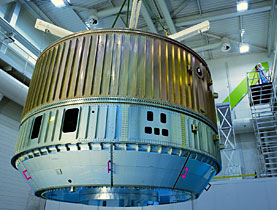
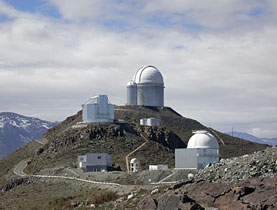
You can find an overview of ongoing debates with our journalists here. Please join us!
If you want to start a conversation about a topic raised in this article or want to report factual errors, email us at english@swissinfo.ch.